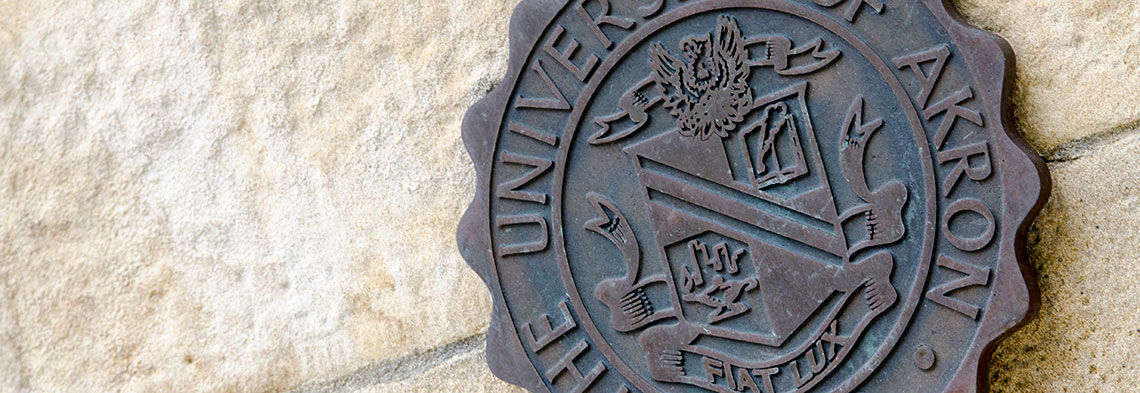Document Type
Article
Publication Date
January 2007
Abstract
The standard for copyright protection is notoriously low the work must be independently created by the author and possess a minimal degree of creativity. Even with this low standard, blank forms, and other forms which do not convey information, are categorically denied copyright protection. In contrast, the standard for design patent protection is much more burdensome. Design patents protect news, original, ornamental, and non-obvious designs. Even though there is a higher standard, the Patent and Trademark Office has issued design patents for blank forms.
This article explores the blank forms doctrine in copyright law, articulated in Baker v. Selden. Later cases attempt to follow this doctrine, but their justifications for the rejection of protection for blank forms are unclear as to whether the doctrine is based on a lack of originality or a merger between ideas and expression. The article then discusses the design patent protection for blank forms and the overlap between copyright and design patent protection. It then discusses how the law’s refusal to protect blank forms under copyright law is necessarily inconsistent with the law’s protection of blank forms via design patents, and suggests possible judicial, Congressional, or administrative solutions to resolve this inconsistency.
Publication Title
Southern Illinois University Law Journal
First Page
325
Last Page
362
Recommended Citation
Ryan Vacca, Design Patents: An Alternative Option when the Low Standards of Copyright are Too High?, 31 S. Ill. U. L.J. 325 (2007).



Comments
Originally published in the Southern Illinois University Law Journal, 31 S. Ill. U. L.J. 325 (2007).